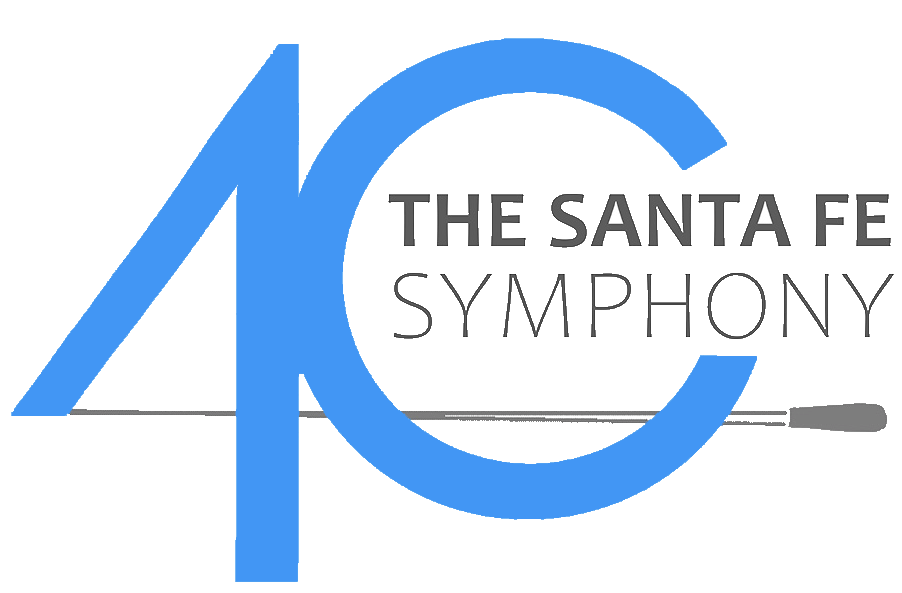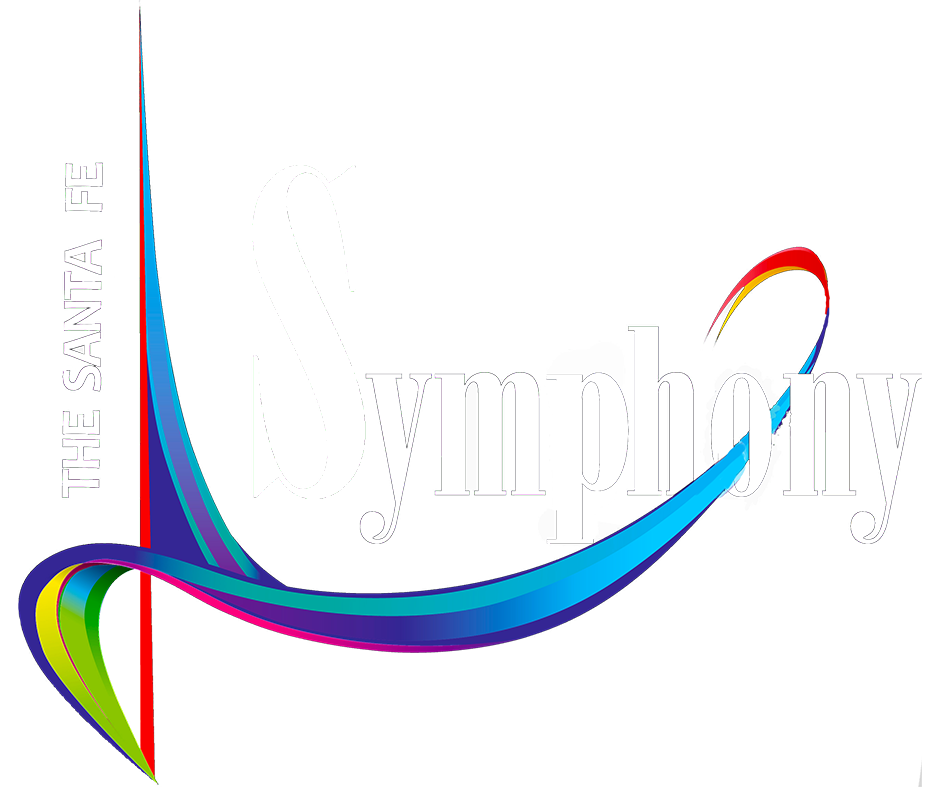Program Notes | American Legacies
Sunday, Jan 15, 2023 / 4:00 pm
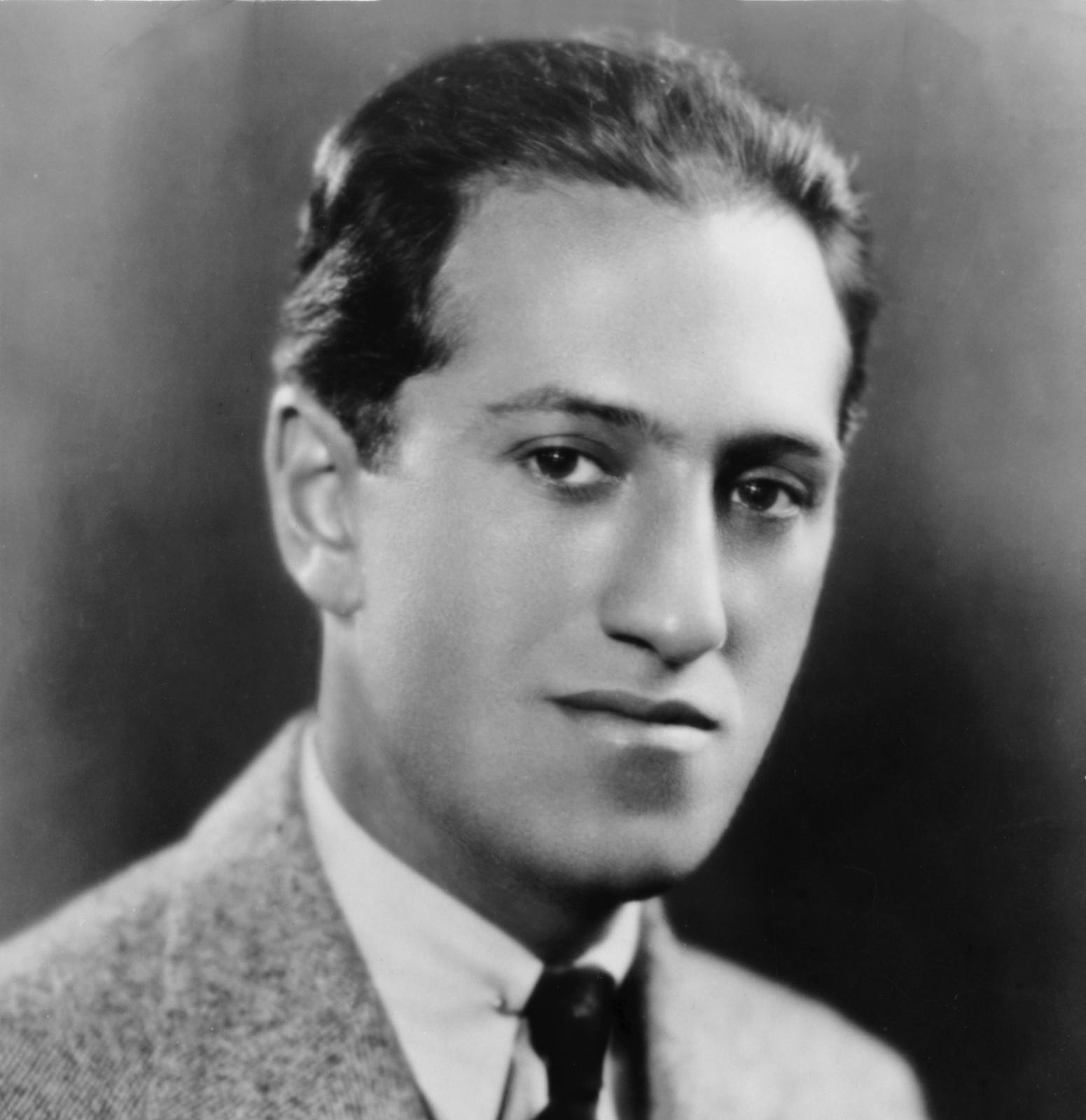
GEORGE GERSHWIN
Born 1898, Brooklyn
Died 1937, Beverly Hills, CA
Lullaby for Strings
We so automatically identify George Gershwin with Broadway shows that it’s easy to forget he wanted to succeed as a “classical” composer. He considered taking composition lessons from Ravel and Stravinsky, but these never came about (in fact, Gershwin probably had more influence on Ravel than the French composer did on him). But many of Gershwin’s finest works are in classical forms: The Piano Concerto in F, the three Preludes for Piano, and the tone poem An American in Paris. Rhapsody in Blue has its roots in the piano concerto, and Porgy and Bess is an opera-house staple.
Gershwin was only 21 when he composed his charming Lullaby for String Quartet in 1919 or 1920, perhaps as an exercise in writing for string quartet. It was played privately but never published, and the first public performance by a string quartet was finally given more than 30 years after the composer’s death, on October 29, 1967, the Juilliard String Quartet. The Lullaby has been arranged for the full string section of an orchestra, and that is the version performed at this concert.
The Lullaby is built on a lazily syncopated main theme, heard almost immediately in muted upper strings. Gershwin then puts this theme through a variety of cleverly varied repetitions, using harmonics, unmuted strings and individual solos.
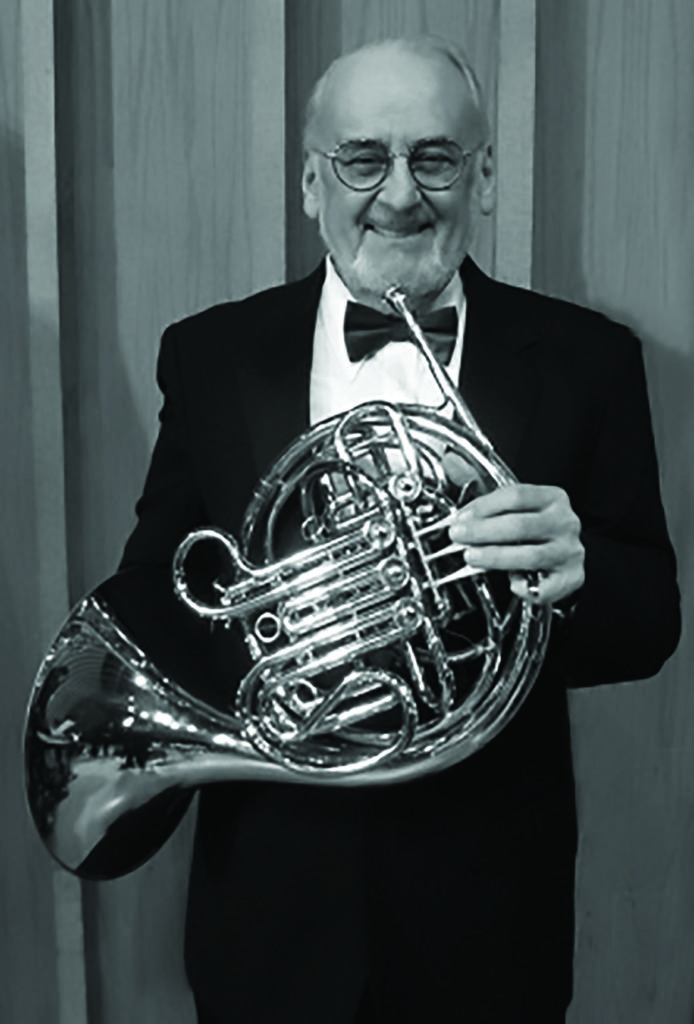 JAN BACH
JAN BACH
Born 1937, Forrest, Illinois
Died 2020, DeKalb, Illinois
Concerto for Horn and Orchestra
Jan Bach managed to have a very successful career as a composer and horn player, despite having a last name that would be an overpowering burden for anyone setting out to become a composer. Bach made almost his entire career in his home state of Illinois. He earned his Bachelor’s degree and DMA from the University of Illinois, where he specialized in composition and French horn. After a year teaching at the University of Tampa, he returned to his native state, and from 1966 until 2002 taught composition at Northern Illinois University. He spent a summer at Tanglewood studying composition with Aaron Copland and Roberto Gerhard, and he later studied with English composer Thea Musgrave in Aldeburgh.
Bach was a prolific composer: He wrote two operas, works for orchestra, and a great deal of chamber music for winds. He is probably best remembered for his compositions for his own instrument, the French horn, which include the Horn Concerto heard at this concert and a French Suite for solo horn. These two works have been described as “the most difficult works ever written for horn.” At the same time, Bach had a sharp sense of humor (he was a cartoonist, and he loved bad puns), and that sense of humor frequently shows up in his own music.
He composed the Concerto for Horn and Orchestra during the summer of 1982, and it was premiered the following June by Jonathan Boen and the Orchestra of Illinois. The composer prepared a program note at the time of the premiere:
“The concerto was a joint commission by Mr. Boen and Betty Bootjer Butler, a citizen of Evanston and patron of the arts who wanted something special to commemorate the life of her dear friend, Hal Cyril Skopin, who died abruptly at age 65 during one of his early morning jogs. The work is in three movements. The first, Fantasia, is cast in standard sonata-allegro form and features off-stage horn calls and an extended cadenza for the soloist. It is a series of continually shifting musical images both familiar and disturbing. The second movement, Elegy e Scherzo, is the only movement with specific programmatic connotations. Cast in ternary form, its mournful outer sections recall features of the bel canto aria, a musical form central to the Lyric Opera’s repertoire. The contrasting middle section is a quickly moving orchestral “jog” interrupted abruptly by a recurrence of the movement’s opening: dark musical gestures representing death. The last movement is a jovial, fast-paced Rondo, sometimes utilizing Caribbean rhythms and percussion instruments (it was on a Caribbean holiday that Betty met Hal) and concluding with a “Jan” session in which all five hornists play polyphonically to the accompaniment of clapping from the other members of the orchestra.”
The Horn Concerto is heard at this concert in a new arrangement by Boen, who has explained the purpose of this arrangement:
“Through the years of championing the Jan Bach Concerto, I have found that the original length was a concern to both orchestras and soloists. Jan’s music is complex and quite challenging, and endurance has been an issue for most horn players. It’s a very athletic piece, and gives the soloist quite a workout! The new arrangement of the concerto reduces the running time from 40 minutes down to just under 30. I feel my abridged version completely honors the composer’s original intent, yet brings the concerto into a more manageable length for orchestras to program and for the concerns of the soloist. I worked very closely with Jan when he was writing the piece, and was careful to keep the spirit of the music intact. I’m hoping the new, shortened version will encourage more orchestras and horn players to perform this exciting and accessible work!”
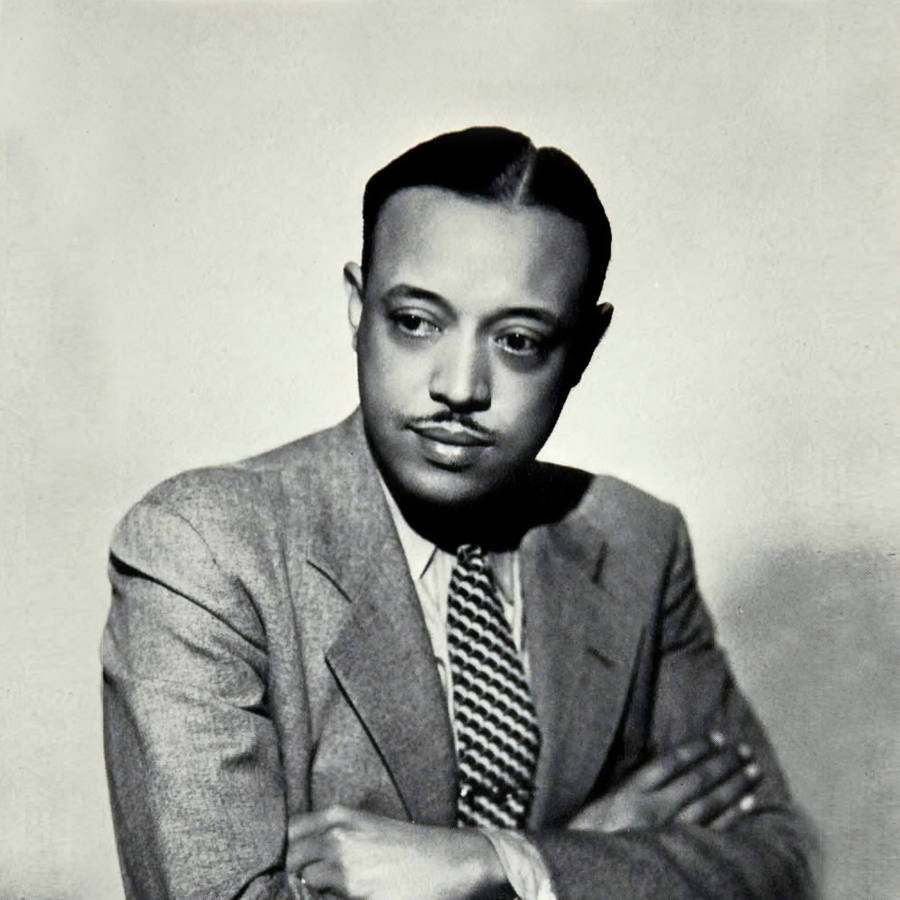 WILLIAM GRANT STILL
WILLIAM GRANT STILL
Born 1895, Woodville, Miss.
Died 1978, Los Angeles
Symphony No. 1 in A-flat Major
“Afro-American”
The premiere of William Grant Still’s Afro-American Symphony in October 1931 by the Rochester Philharmonic marked a distinctive moment in American musical history: It was the first symphony by an African-American composer to be performed by a major American orchestra., but the success of the Afro-American Symphony did not end there. It was quickly performed by orchestras across the country, including the New York Philharmonic and the Philadelphia Orchestra, and in Europe by the Berlin Philharmonic. It was the Afro-American Symphony that opened the door for every subsequent African-American composer of classical music.
William Grant Still grew up in Little Rock, Arkansas, where his mother was a schoolteacher. Still’s stepfather encouraged the boy’s interest in music, took him to concerts, bought him records and supported his violin lessons. Still left college to pursue a career in music, and, after service in the Navy during World War I, moved to New York, where he worked with W.C. Handy, Paul Whiteman and Artie Shaw. He also studied composition with two teachers who could not have been more unlike each other: The conservative Boston composer George Chadwick and Edgard Varèse, who was a pioneer of electronic music. In New York, Still played the oboe in theater orchestras and was attracted to the ideals of the Harlem Renaissance. In 1930, he moved to Los Angeles, which would be his home for the rest of his life. There he worked first as an arranger of film scores and later devoted himself entirely to composition and conducting.
Still was a trailblazer in many ways. He was the first African-American to conduct a major orchestra (the Los Angeles Philharmonic at the Hollywood Bowl in 1936) and the first to have an opera produced by a major opera company (Troubled Island, by New York City Opera in 1949). His catalog of works includes nine operas, five symphonies, numerous other orchestral works, and music for chamber ensembles and voice.
The creation of the Afro-American Symphony went very quickly. Still began work on it on October 30, 1930, drawing on themes from his uncompleted opera Rashana, and the premiere took place almost exactly a year later, when Howard Hanson conducted it on October 28, 1931 in Rochester. Still was quite specific about his intentions in this music: “I wanted to write a symphony; I knew that it had to be an American work; and I wanted to demonstrate how the blues, so often considered a lowly expression, could be elevated to the highest musical level.” Still’s method in the Afro-American Symphony was very similar to Dvořák’s in the New World Symphony. The symphony is a European form, but each composer brought specifically American elements to his work. Dvořák built the New World on themes that he had composed “in the spirit of . . . American melodies,” while Still based the Afro-American Symphony on the blues and on other forms of Afro-American music: spirituals, jazz and ragtime.
The Afro-American Symphony is a very concisely made piece: Themes introduced in the first movement will recur throughout the symphony, and Still derives much of his material from a few fundamental theme-shapes. He also gave each of the four movements a subtitle that suggests its emotional content and a specific aspect of the Afro-American experience. The opening movement, marked Moderato assai, is subtitled “Longing.” It is in this movement that one feels the blues most strongly, both in the opening English horn theme and the lamenting second subject, announced first by solo oboe. In sonata form, the movement offers a spirited development of these ideas before eventually coming to a subdued close.
That quiet mood continues in the Adagio, subtitled “Sorrow.” Again, the blues are much in evidence, and the main theme takes some of its shape from the opening of the first movement. The shortest of the movements, the Animato (subtitled “Humor”) is lots of fun. Still includes a tenor banjo as part of the orchestra here, and its twang is an important part of the jazzy, ragtime feel of this music. The symphony concludes not with the expected fast finale, but with a long movement at a slow tempo. Still’s marking is Lento, con risoluzione, and his subtitle “Aspiration” suggests that this music looks ahead in hopes that African-Americans can find their rightful place within society. The noble string melody at the beginning sets the tone, though in the final minutes the music suddenly rushes ahead and dances energetically. Still recalls themes from earlier movements as the Afro-American Symphony powers its way to a most emphatic conclusion.
—Program Notes by Eric Bromberger
